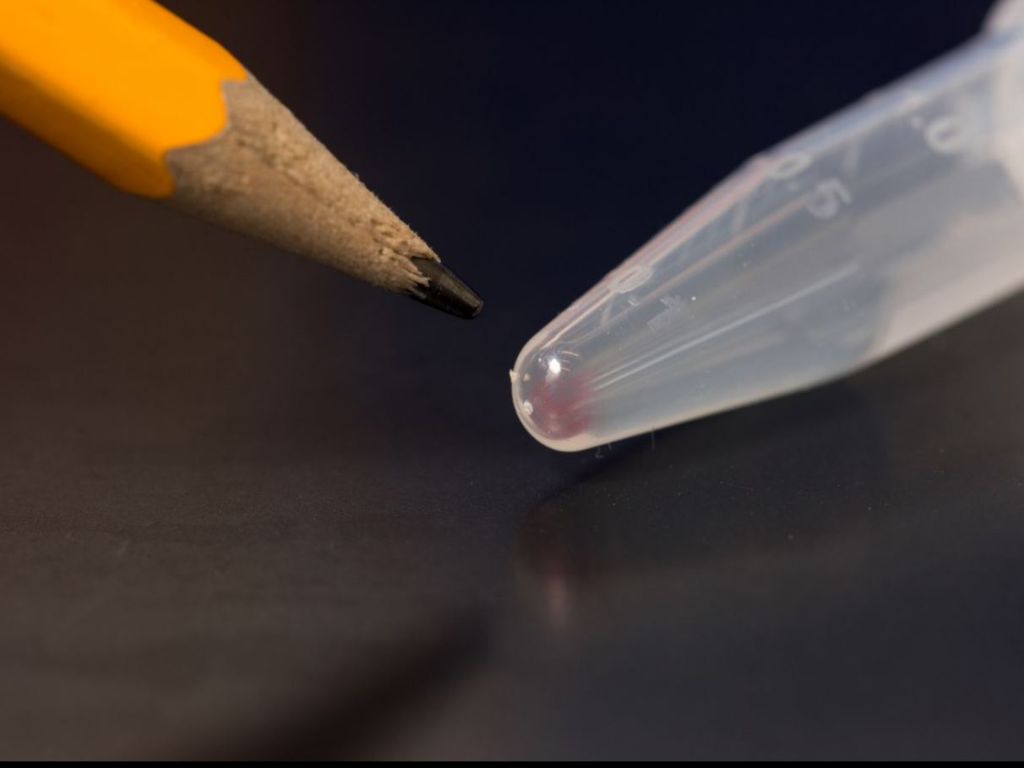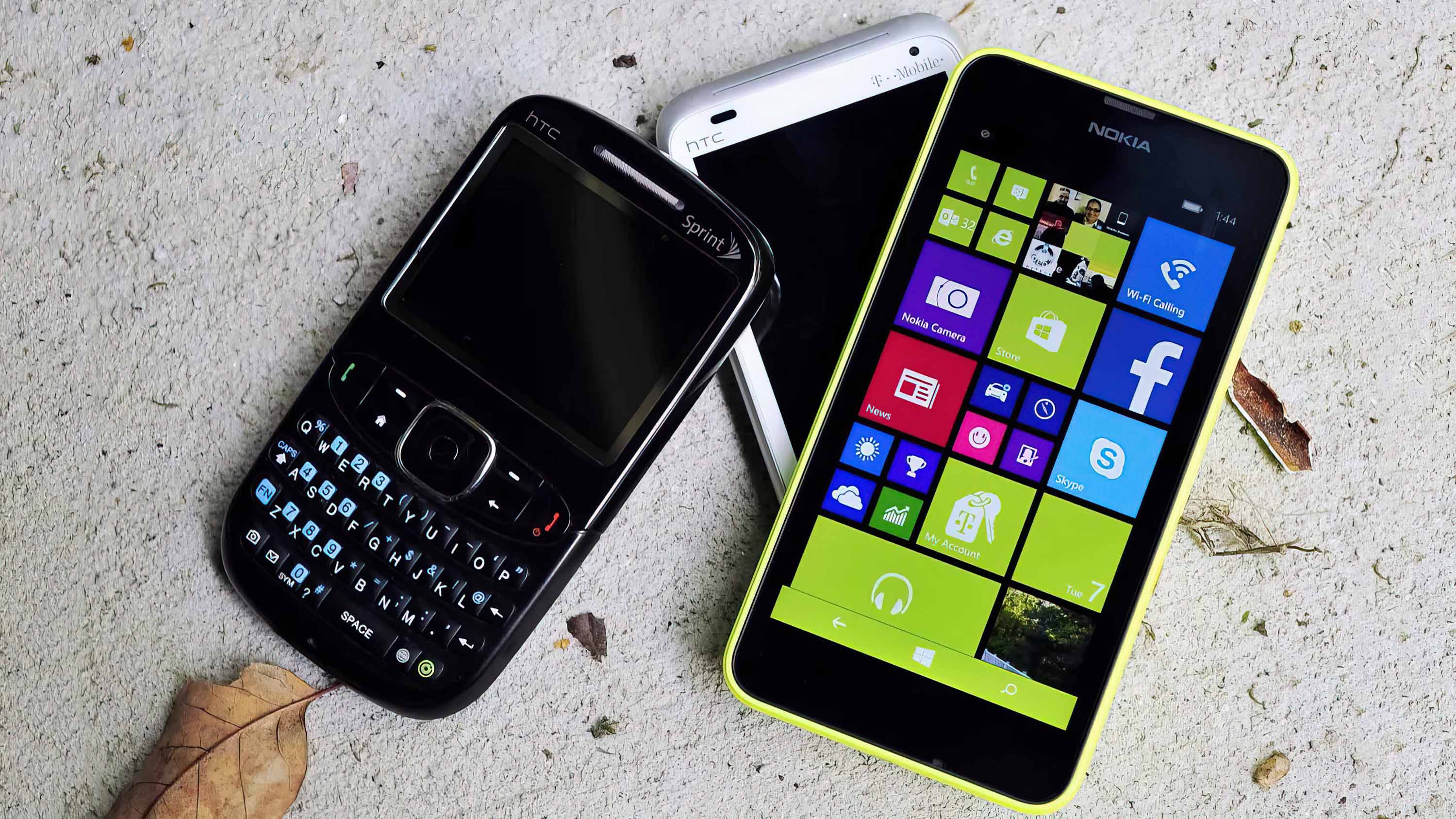Microsoft has found a way to store 200MB of data in synthetic DNA

Microsoft and the University of Washington have created synthetic DNA that is able to store 200MB of data. The DNA could hold, among other things, an HD version of a music video from OK Go!
In a blog post, Microsoft stated:
The impressive part is not just how much data they were able to encode onto synthetic DNA and then decode. It's also the space they were able to store it in. Once encoded, the data occupied a spot in a test tube "much smaller than the tip of a pencil," said Douglas Carmean, the partner architect at Microsoft overseeing the project.
Karin Strauss, the head Microsoft researcher on the project, reveals just how DNA is used for this purpose:
First the data is translated from 1s and 0s into the "letters" of the four nucleotide bases of a DNA strand — (A)denine, (C)ytosine, (G)uanine and (T)hymine. Then they have vendor Twist Bioscience "translate those letters, which are still in electronic form, into the molecules themselves, and send them back," Strauss said. "It's essentially a test tube and you can barely see what's in it. It looks like a little bit of salt was dried in the bottom."Reading the data uses a biotech tweak to random access memory (RAM), another concept borrowed from computer science. The team uses polymerase chain reaction (PCR), a technique that molecular biologists use routinely to manipulate DNA, to multiply or "amplify" the strands it wants to recover. Once they've sharply increased the concentration of the desired snippets, they take a sample, sequence or decode the DNA and then run error correction computations.
Microsoft believes using DNA as a way to store data could be very useful in the future, because it's both small and durable; it could allow for data to be stored for thousands of years.
All the latest news, reviews, and guides for Windows and Xbox diehards.

John Callaham was a former contributor for Windows Central, covering Windows Phone, Surface, gaming, and more.
